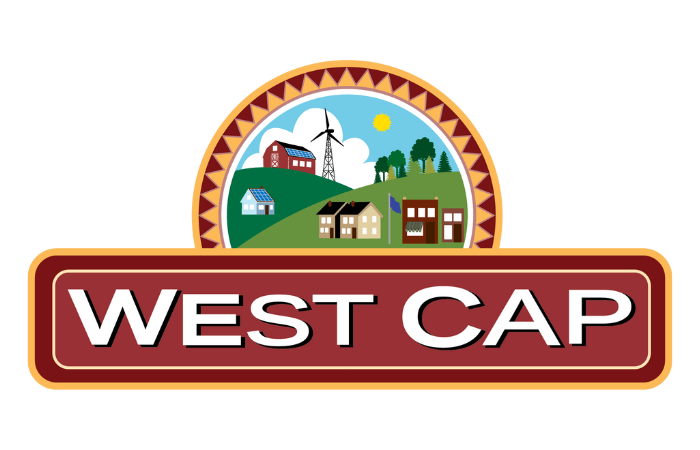As West CAP broke ground on another recent affordable housing development, we wanted to take an opportunity to explain how these housing developments of ours are in fact, affordable.
Based on income eligibility
Affordable Housing is widely understood to mean housing that is only available for families in the community whose household income is between 30% to 80% of the Area Median Income (AMI). For a family of four in Eau Claire, WI where the Prairie Heights property is located, that would be an annual household income between $27,750 and $73,050.
Prevents housing cost “burden”
To make housing ‘affordable’ by definition, residents should not pay more than 30% of their gross income on rent/mortgage and basic utilities – electricity, gas, water. Any more than that is considered “housing burdened” or “stressed” and puts the household at risk of not being able to afford other basic essentials such as food, healthcare, clothing, transportation, and childcare. For a family of four in Eau Claire, that means paying no more than $693 per month for housing and utilities for those at 30% AMI, and up to $1,826 per month in rent and utilities for those at 80% AMI. According to the National Low Income Housing Coalition’s housing cost burden data, Wisconsin’s housing wage based on current rent rates is $20.32/hr.
Wisconsin’s Housing Wage = $20.32/hr
According to a report from the National Low Income Housing Coalition, in Wisconsin, the Fair Market Rent (FMR) for a two-bedroom apartment is $1,056. In order to afford this level of rent and utilities — without paying more than 30% of income on housing — a household must earn $3,143 monthly or $37,715 annually. Assuming a 40-hour work week, 52 weeks per year, this level of income translates into an hourly Housing Wage of $20.32 per hour. The state’s minimum wage remains $7.25 and the average wage of WI renters is $18.47, making housing “out of reach” for many. Out of Reach: The High Cost of Housing
Uses multiple, complex financing streams to offset development costs
Large, high-quality housing developments cost a lot of money. To keep costs down, our developers work tirelessly to secure a combination of federal and state funding sources to subsidize and reduce the overall debt of the development project by securing affordable housing tax credits, federal and state tax credits, federal HOME loans, economic development funds, and deferred developer fees to create a patchwork of funding that makes the math work and keeps the rent affordable. As outlined in an article by the Urban Institute, without subsidies, it’s virtually impossible for developers to build homes that are affordable to low- or extremely low income families. That’s because lenders loan money for housing development based on the property’s expected income, and when rents are set to affordable levels, there’s a huge gap between the money needed to build and the money lenders and investors provide.
Monthly rent rates fluctuate
Another component of affordability is that the monthly rent fees are fluid. Tenants each pay unique amounts in rent within any given affordable housing property based on their household size and income. If a household welcomes a new baby or their income changes, so does the amount of monthly rent they owe, keeping it affordable relative to their unique circumstances over time.
Provides access to additional community resources
West CAP also offers a variety of other programs to help connect low income individuals and families to community resources, such as Section 8 Housing Choice vouchers, for example, which help tenants afford rent if they still need assistance and are eligible. We also can connect tenants with food benefits and local pantries, help with an affordable car loan, energy assistance, and more.
Directs utility savings from clean energy technologies to the tenants
By far, our biggest investment in the affordability of our housing developments is our innovative use of clean and renewable energy. By choosing to utilize green building materials and energy alternatives like solar, geothermal, and ground and air-source heat pumps, we are deliberately providing significant energy savings for tenants, greatly reducing or nearly eliminating their monthly energy bills, keeping the housing affordable for the long-term. This equates to anywhere from $25-$200 or more each month in energy savings per month per rental unit, keeping the housing costs from becoming a burden or stress on the household.

